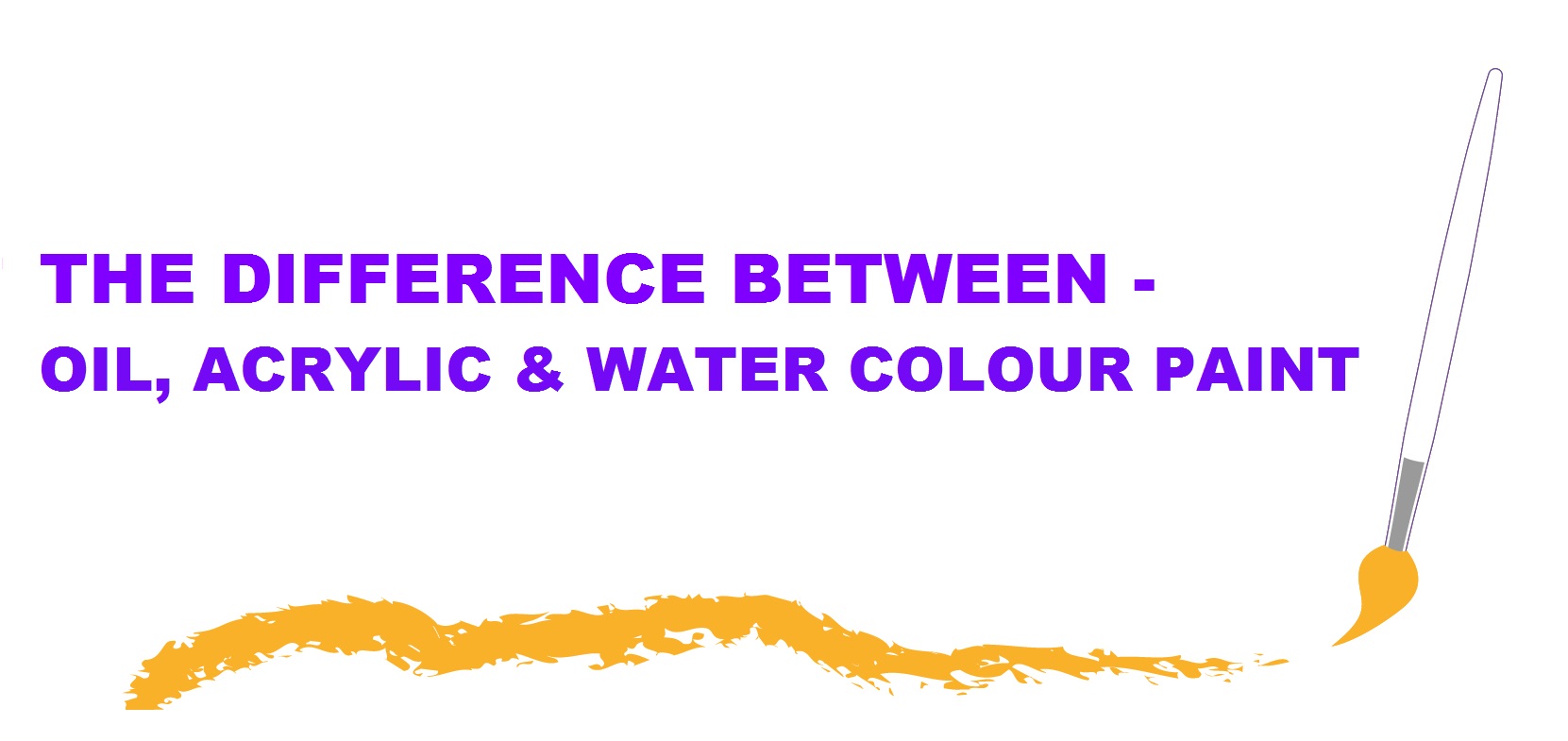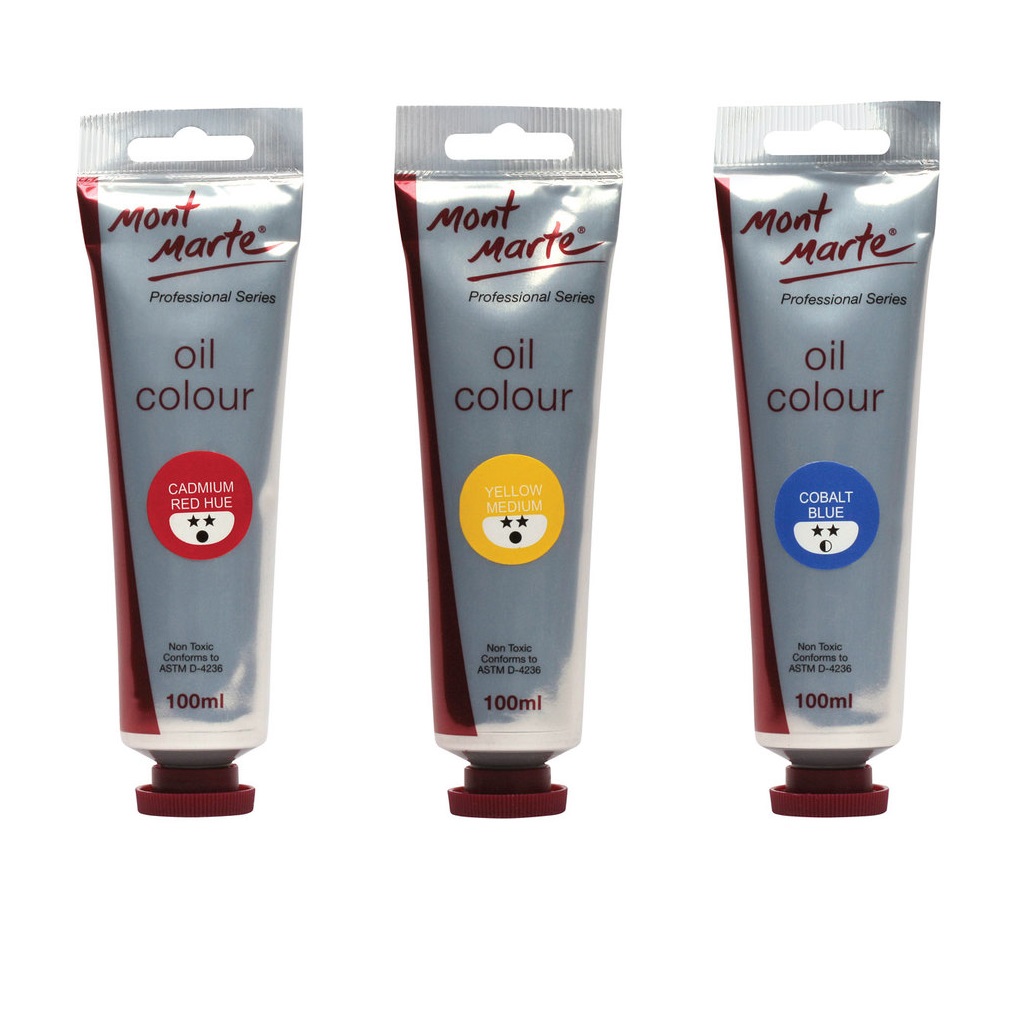The difference between Oil, Acrylic and Watercolour Paint
Author: Art Shed Tom Date Posted:18 April 2016


Water colour pigments are suspended in Gum Arabic, they are the only type of paint that can be lifted after they are dry – traditionally and most commonly, water colours are applied to paper!
I hope this post was informative! There is obviously a lot more to these paints and I hope to cover more soon.

Comments (4)
Sheding
By: S.N.Rane on 3 January 2021Which is better sheding oil paint or water sheding paint
Types of brushes
By: Laurie Schape on 20 May 2019Why do you have to use different brushes for different paints? Is there a generic type that a beginner could use rather than having to try different types?
Art Shed Online Response
We have a great comprehensive article about how to choose the right paint brush for your artwork on our blog - https://www.artshedonline.com.au/blog/a-guide-to-choosing-the-right-paint-brush/ In short - different brushes are made with different bristles, and in different shapes. Your Selection of brush will come down to the type of paint, and the approach you will be taking to painting. I personally would suggest a stiff synthetic brush like the Mont Marte Oil taklon brushes https://www.artshedonline.com.au/art-supplies/brushes/oil-taklon-brushes/ They are the best of both worlds, being stiff bristled they carry most paint well, but the synthetic bristle also allow you to get smooth blending in your painting.
Type of paper for different paints.
By: Ragini Sah on 10 November 2018Do we need to have different kind of paper for different paints?
Art Shed Online Response
Hi, Yes there are different types of paper for different paints and mediums. For watercolours you would generally use a cotton based watercolour paper > https://www.artshedonline.com.au/watercolour-pads-and-blocks-1/ Acrylics and oil paints are usually applied to canvas rather than paper - however there are also specialty papers that are made for oil and acrylic too.
Price per different paint.
By: Frank Hughes on 19 February 2018Why is watercolour paint so much more expensive compared to acrylic paints, or even certain oil paints? Many thanks.
Art Shed Online Response
Hey Frank - great question. The reason has to do with the pigment load in a tube of watercolour paint compared to oils and acrylics. All three paints are quite different in their binders and carriers, and therefore require more or less pigment to make them depending on the medium. As the pigment is the most expensive ingredient that goes into any tube of paint, watercolour is generally the most expensive as it has a very high pigment load per tube compared to other additives. You will also find that a very small tube of watercolour paint will go a long way, as once diluted with water the spread can be very wide. I hope this helped clarify for you!







